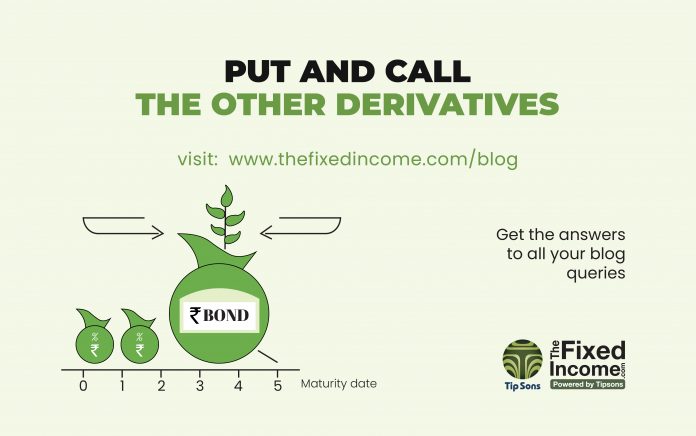Thales, the smart guy from ancient Greece who we have visited earlier, lived almost 2,500 years ago. We checked out his strategy for milking the olive oil crushing shortage that he had anticipated. Using call options, Thales bought a right to priority use of olive crushing capacity, that he would pay for in full if he used it. If the capacity was not used, he didn’t mind losing the money paid for the right. Surely Thales did not realize it during his lifetime, but he became the father of the financial derivative. He used options, the more complex of the pair of ‘Futures and Options’.
The derivatives market is humungous relative to its more stable parent, the spot market. And derivatives depend on the ‘real thing’ as the underlying or foundation for its own valuation.
Risk margins deposited being low on the derivatives market (compared to paying 100% for a spot trade) enables ease of generating trading volumes. While this makes hedging cheap for a risk averse investor, it magnifies the profits (and of course the losses) for the punter. In Futures, the relationship between the profits and market direction are linear. Options provide a form of insurance for wrong calls.
The options market still operates in the manner practiced by Thales, guaranteeing the desired transaction at a low additional cost. This cost acts as a sort of stop loss, which ensures that the ‘investor’ is insured against going wrong, any loss limited to what could be considered the insurance premium.
Call and Put Options: Understanding Derivatives
An option is buying the right to do a transaction, at a price (called the strike price), in a quantity, and at a time (called expiry) that is decided now. The buyer of this ‘right’ pays a price, called ‘premium’ to the seller, in exchange for buying the right. The seller pockets the premium that carries with it the obligation to fulfil the contracted transaction, if the buyer of the ‘right’ decides to enforce it. The buyer of the right has no obligation to do the final transaction, which she will do only if the trade will be favourable.
Suiting the bulls, or the bears are 2 kinds of options – call and put. A call option is a bet on the probability of the market, or a security going up. A put is the bearish bet on the market falling.


A put option pay-off looks like this:


A fall in prices favours this investor who makes unlimited profit as the price drops below the break-even point.
Options in the Fixed Income Market
Options are also traded in the fixed income market, with Government Securities (not interest rates) as underlying. We could expect volumes and interest in this segment to grow with the developmental initiatives being taken by the regulators and investor education in the segment.





















